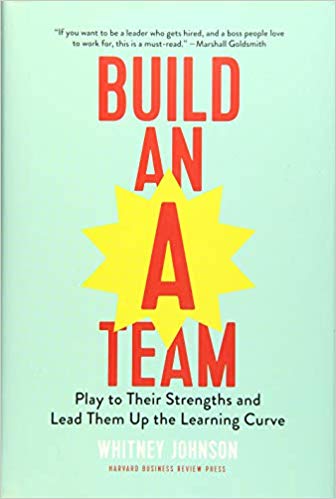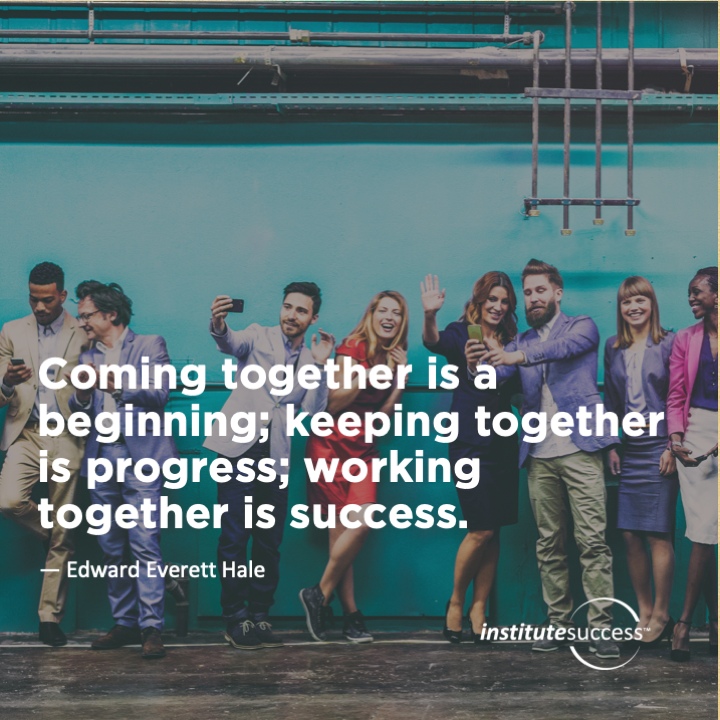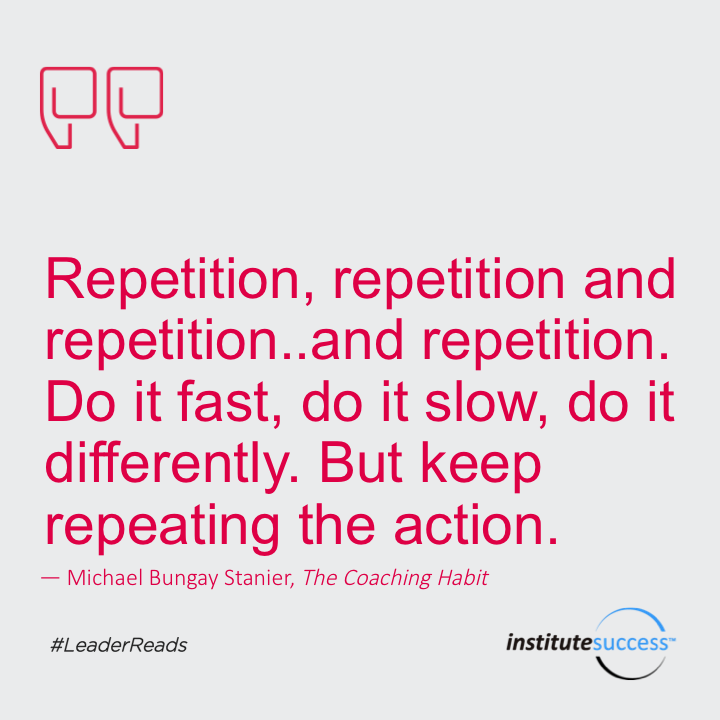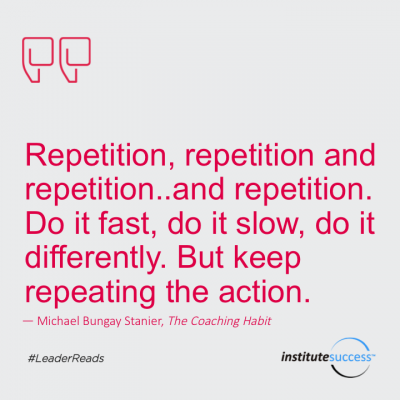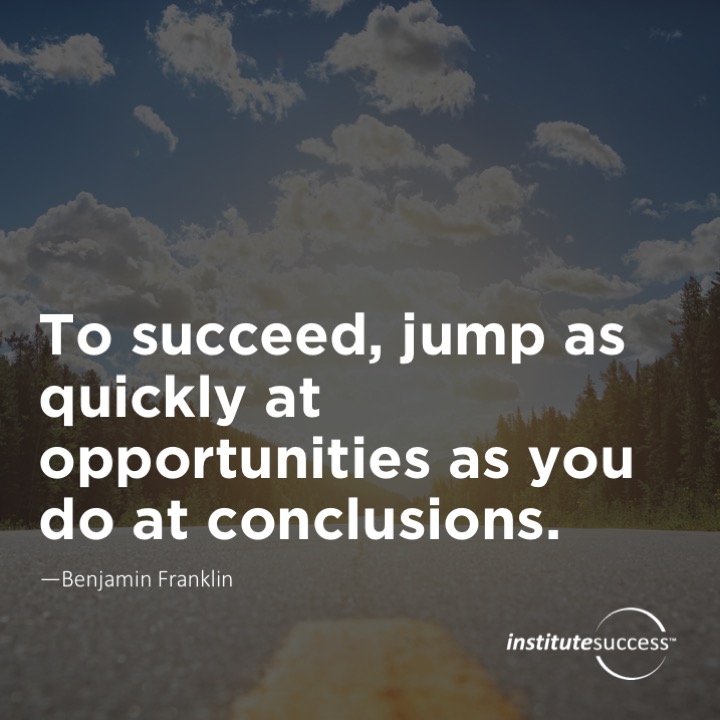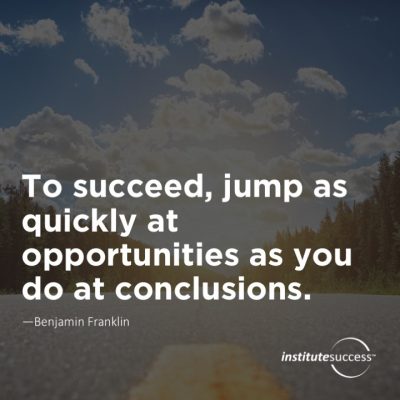Building an A Team – Whitney Johnson
Where It All Begins
We have rightly become obsessed in recent years with “disruptive” forces in various field: medicine, art, business, technology. Innovation has long been the birthright of Americans, and these days, when we see it coming, we call someone or something a disruptor. Using the phrase immediately captures the excitement and possibilities of where innovation could take us.
But how exactly do those disruptive forces evolve? In her book Building an A Team, Whitney Johnson argues that disruption happens first within a team environment, and that, in turn, makes them incredibly effective. This team disruption is what she believes is behind all A teams, and she spends the book describing what that evolution looks like.
What It Looks Like
So what does healthy disruption look like within the dynamic of a team? Johnson describes what she calls the “S curve of learning,” a thesis central to the book and her philosophy of development in the workplace. The S curve starts 1.) at the low end, where a worker is grinding out the early stages of learning and becoming competent in their role. Over time, they experience an up-swing to 2.) a season of rapid progress where they absorb information efficiently and are at their most productive and happiest. This season of progress is followed by 3.) the high end of mastery where the worker is able to execute easily and with poise, but the latent risk here is that if they are allowed to plateau, they may become bored or disenchanted.
Ultimately, an A team is a series of interconnected learning curves: each team member is on a curve that falls into their roll, following the path at one of the three points. New members of the team who have been around for under six months will be in the low phase; employees who have tenure from about a year to four years will be in that peak stage of rapid progress. And masters will have been in their role for four years or more.
How to Disrupt the Team
So how, especially as a manger, do you shake things up so that disruption prevents any member of the team from remaining where they are on the learning curve for too long a period? Johnson suggests five methods for keeping things spicy:
- Identify good risks on the team: don’t just hire someone to fill need gaps you see on the team. Look for opportunities to stretch your current team members into achievement.
- Play to individual strengths: if you sense a talent or ability that a team member isn’t leaning into, give them a chance to do that even if it means they may be exceptionally busy of a little while. The challenge will enliven them.
- Step back to move forward: in the case of masters, they may or may not want to leave roles where they can execute easily and look good, but their long-term happiness depends on being challenged. It will feel like stepping back in a role where they are no longer masters, but it is the way to move forward.
- Give failure its due: Managers who truly care about their team members often want to shield them against the risk of failure. But the risk of failure can give a worker a new sense of responsibility and dignity that causes them to rise beautifully to the occasion. These are high-growth moments.
- Encourage discovery-driven growth: Coloring outside the lines of what the team has traditionally done or what a role has traditionally entailed is exactly the sort of disruption that can lead to innovation.
A New Way to Look at Hiring
With this new philosophy, Johnson encourages managers to view the hiring process in a new light. When hiring for a role, she believes that you will have the greatest chance of success with someone who can join the team on the lower end of the learning curve of a role. If they join in the upswing or even at the mastery level because you are married to the idea of hiring someone who, realistically, is overqualified, you do yourself and that person a disservice because they will quickly become disenchanted. You will already have a bored, distant master on your hands with a job that needs doing.
On the other hand, with a hungry new hire, give them opportunities to stretch and grow. For your masters, harness their expertise and poise by giving them training and mentorship opportunities within the team. You should always be assessing where on the S curve of learning your team are. It is possible that a great team member may run out of curve on your team as a master. If this happens, you have a few choices: you can either give them added responsibility, help them to find opportunities within the company, or selflessly recognize that they may realize that the next learning curve for them is elsewhere.
Whatever happens, managing constant, healthy disruption on your team will generate the kind of energy that leads to true innovation and success. Your upper level leadership will want to know what your secret is!
